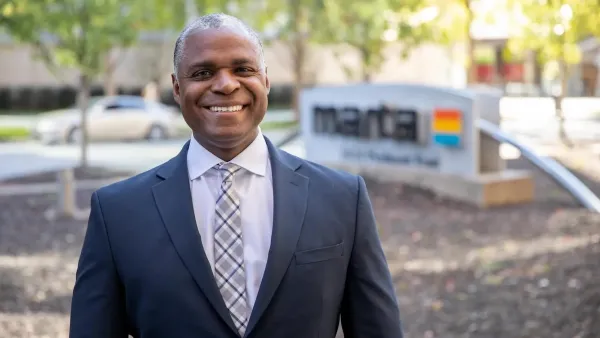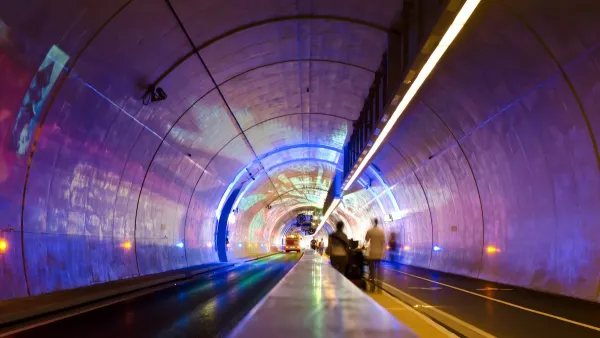Hopes are fading from transit enthusiasts who wanted to see high speed rail and public transit profit from Obama's stimulus package. Even the road lobby is disappointed that infrastructure will get less than tax cuts and state bail-outs.
"Less than one-third of the $825 billion plan that was introduced Thursday (1/15) in the House would go to infrastructure.
Some hoped that the time had finally come to bring high-speed rail to the United States, or to wean the nation from its dependence on foreign oil with new or transformed public transit systems.
At a time when the American Society of Civil Engineers has estimated that $1.6 trillion is needed to improve the nation's crumbling infrastructure, the proposal calls for spending $30 billion on roads and, to the consternation of transit advocates, only $10 billion on transit and rail.
Proponents of mass transit had hoped that much more money would be devoted to transit projects
"It's a drop in the bucket," said Robert D. Yaro, the president of the Regional Plan Association, which has shaped long-term planning in New York, New Jersey and Connecticut since before the New Deal.
The plan also calls for using existing federal formulas to send transportation money quickly to the states, giving policy makers in Washington little say as to where or how the money should be spent."
Thanks to Bay Area Transportation News
FULL STORY: House Plan for Infrastructure Disappoints Advocates for Major Projects

Planetizen Federal Action Tracker
A weekly monitor of how Trump’s orders and actions are impacting planners and planning in America.

Chicago’s Ghost Rails
Just beneath the surface of the modern city lie the remnants of its expansive early 20th-century streetcar system.

Amtrak Cutting Jobs, Funding to High-Speed Rail
The agency plans to cut 10 percent of its workforce and has confirmed it will not fund new high-speed rail projects.

Ohio Forces Data Centers to Prepay for Power
Utilities are calling on states to hold data center operators responsible for new energy demands to prevent leaving consumers on the hook for their bills.

MARTA CEO Steps Down Amid Citizenship Concerns
MARTA’s board announced Thursday that its chief, who is from Canada, is resigning due to questions about his immigration status.

Silicon Valley ‘Bike Superhighway’ Awarded $14M State Grant
A Caltrans grant brings the 10-mile Central Bikeway project connecting Santa Clara and East San Jose closer to fruition.
Urban Design for Planners 1: Software Tools
This six-course series explores essential urban design concepts using open source software and equips planners with the tools they need to participate fully in the urban design process.
Planning for Universal Design
Learn the tools for implementing Universal Design in planning regulations.
Caltrans
City of Fort Worth
Mpact (founded as Rail~Volution)
City of Camden Redevelopment Agency
City of Astoria
City of Portland
City of Laramie




























